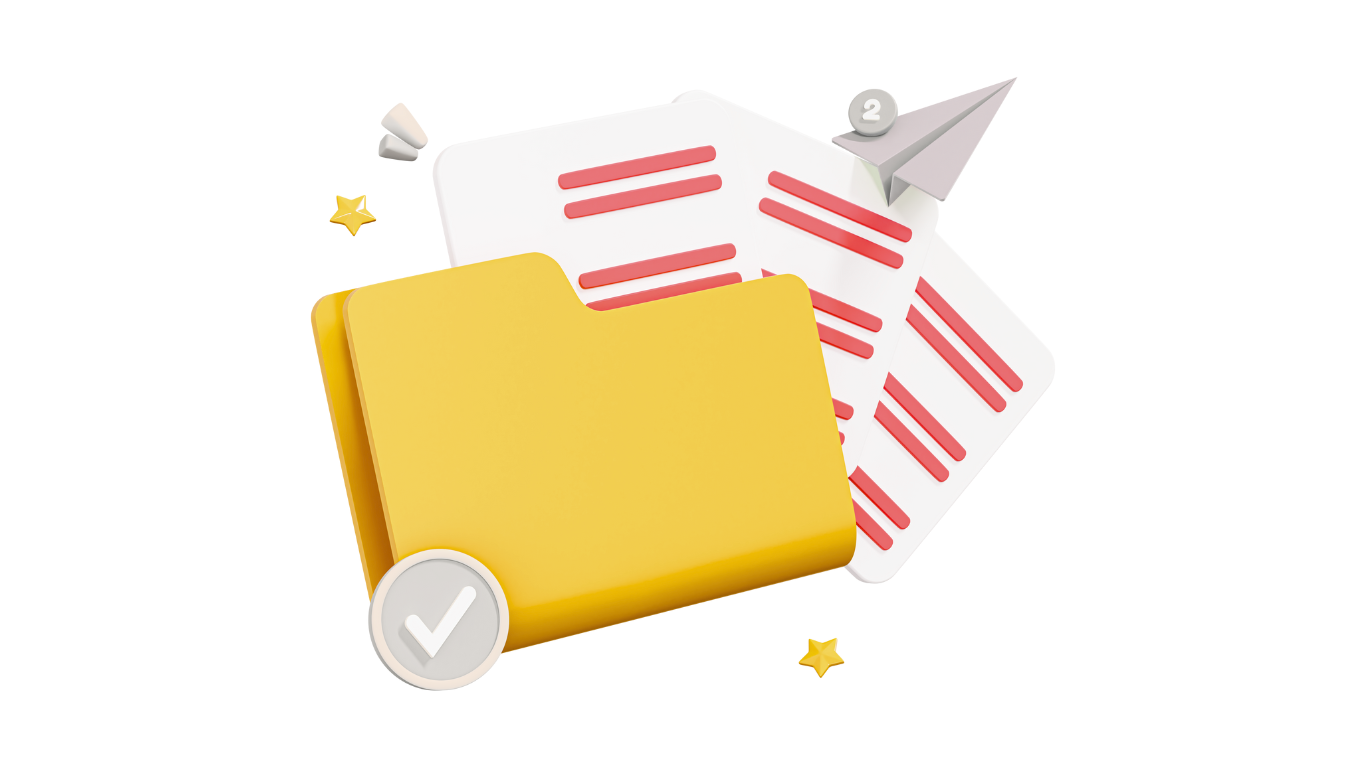More than just a compliance tool
Document templates have long been treated as a necessary evil—something created and maintained to meet legal and regulatory requirements. While critical for ensuring consistency and compliance, they’ve often been seen as static, IT-controlled artifacts, locked away in complex systems.
But what if templates could do more?
With the right tools and mindset, templates can become strategic assets. Rather than being a cost center, they can enhance clarity, strengthen brand consistency, and elevate the customer experience. Organizations that modernize their approach to template management unlock real business value—driving faster communication, reducing risk, and empowering teams to deliver better outcomes.
And perhaps most importantly—they can help engage recipients in smarter ways. By using data to trigger workflows, or embedding links and QR codes, you can guide the recipient to personalized next steps—like visiting “My Pages,” responding to a form, or starting a digital self-service flow. In this way, templates move from passive documents to active communication touchpoints.
The status quo: Fragmented, IT-heavy, and slow
For many organizations, template management is still stuck in the past. Challenges are common:
- Templates live in disconnected systems and departments
- Updates require lengthy IT involvement and testing
- Layouts, tone, and branding vary widely across channels
- It’s difficult to support dynamic, personalized, or digital-ready communication
The result? A costly and slow process that creates operational drag—and damages the customer experience. Even simple changes can take weeks. Meanwhile, fragmented branding and unclear messaging undermine trust and consistency, especially in regulated industries where precision and clarity matter most.
The shift: Templates as dynamic brand and engagement enablers
Forward-thinking organizations are reimagining their approach. Instead of static documents maintained by IT, templates are becoming agile, centrally governed tools for brand expression and operational efficiency.
Key characteristics of this modern approach include:
- Modular, centrally controlled templates that ensure consistency while enabling flexibility
- Business-user empowerment—allowing teams to safely edit content within compliance boundaries
- Reusable content blocks and design systems that reduce duplication and errors
- Smart triggers that guide the recipient based on data—using links or QR codes to launch next steps like visiting a portal, updating information, or completing a task
A great example is AMF’s success story. By adopting dynamic templates and modular content, AMF was able to make faster, more controlled updates—without compromising compliance or brand standards.
What good looks like: Best practices for template management
So, what does great template management actually look like? A few core principles stand out:
- Modular and reusable structures that simplify updates and scale across channels
- No-code/low-code, user-friendly tools so business users can contribute without relying on IT
- Clear separation of content and design, enabling parallel workstreams and faster iteration
- Omnichannel output support—so the same template can deliver print, PDF, and digital versions
- Built-in interactivity—such as embedded QR codes or buttons—that steer recipients toward a next step like login, confirmation, or digital response
- Strong governance and auditability, ensuring that compliance and branding stay intact
At Enity Bank Group (formaly known as Bluestep Bank), modern templates and automation have significantly reduced risk and manual effort in their loan communication process—freeing up resources while improving the customer journey.
The Metaforce perspective: What we enable through Centerpoint
At Metaforce, we help organizations rethink how they manage and deliver their customer communication.
With our Centerpoint, you get:
- Fast, secure, and compliant template updates—without IT bottlenecks
- Channel-agnostic output, from print to PDF to digital journeys
- Seamless collaboration between compliance, legal, business, and design teams
- The ability to embed actions—such as QR codes, dynamic links, and data-driven logic—that help engage recipients and move them to the next step in the customer journey
This modern foundation enables organizations to simplify complex document workflows while maintaining control and flexibility—especially important in regulated, member-based, or customer-focused environments.
A strategic rethink for long-term value
Templates shouldn’t be treated as static compliance artifacts—they’re too important for that. With the right approach, they become living brand assets: flexible, governed, and optimized for the way modern organizations communicate.
They also become a tool for interaction—able to engage recipients in tailored follow-up actions, driven by data, design, and purpose.
By investing in the right tools and processes, you can turn your document templates from a maintenance burden into a strategic lever—for speed, clarity, consistency, and impact.

